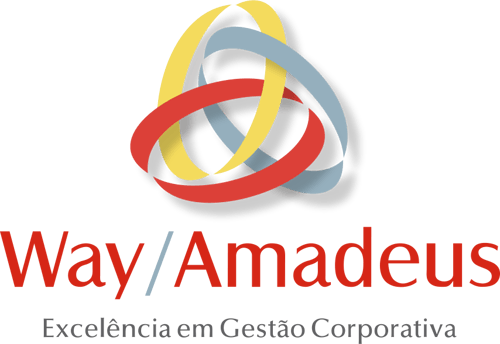Home | About us | Our solutions | Cases | Alliance | Partners | Contact us
Cases
Logistics management
PEPSICO
In Brazil since 1953, PepsiCo expanded following the country’s development. Currently their operation in national territory encompasses more than 100 sales branches and distribution centers, 22 brands that form a comprising portfolio and has more than 10 thousand employees.
OBJECTIVE
PepsiCo’s challenge was the search for a fleet logistics management to better serve the distribution of more than 100 thousand different products in many cities spread all over the Brazilian territory with its continental dimension.
PROJECT
The logistics process of the organization was mapped to establish a base model. From it , it was possible to identify the points that needed adequacies and dimensioning according to the ponderation of what each truck could transport in a way to better fulfill the demands by city.
RESULTS
With the work of organization of the logistics processes of the company made, the company started to have a better managed fleet, adequacy of inbound and outbound processes considering route times to maximum optimization of deliveries reducing costs, times and eliminating inefficiencies.
Azaleia
The Vulcabras-Azaleia Group is a Brazilia shoe company with headquarters in Jundiaí, state of São Paulo. It is the largest company in sport and feminine shoes and sport apparel in the country. Some of their brands are Azaleia, Dijean, Opanka, Olympikus, Under Armour, Mizuno and Botas Vulcabras.
OBJECTIVE
The president of the organization asked us directly for our expertise and methodology for this Governance project in order to reach a better monitoring of the company’s management as a whole.
PROJECT
A review of functions and its processes was made a modelling was created from the value chain of the company making it possible to understand of which processes actually needed more attention to achieve the ideal efficiency. It was given a great focus in the area of logistics that used to demand more attention. Later on the work gave emphasis to the supply area.
RESULTS
The Project resulted in a management cockpit created so that the organization could control its operations in a more predictable way, without wastes resulting from rework and inefficiencies and mainly, bottlenecks. The work and the methodology were able to align and identify those bottlenecks looking for treatment and solution to each issue found, generating an efficient and better monitored operation aiming a management layer more effective by means of more qualified information being supplied to managers to manage their areas.
Cobra/BBTS
Cobra Tecnologia (currently BB Tecnologia e Serviços) is a Brazilian Information Technology company that belongs to Banco do Brazil’s conglomerate.
OBJECTIVE
With many units spread all a country with continental dimension, the challenge was to improve the visibility of flows and routes to optimize maintenance processes of the equipment network of Banco do Brasil, optimizing the complexity of services and logistics in order to fulfill SLAs in a comprehensive way by means of an easy to use software, interactive and simple publishing, providing visualization of all people involved and flexible in importing and exporting models.
PROJECT
Employing our proprietary methodology, the process modelling project was performed in two stages: the first one involving directors and executive managers in learning how to employ the tool and also as a way of getting committed with the project and the second one was bottom-up with the participation of the employees describing their activities, giving opinions and suggestions.
The process and metrics tool used by Way/Amadeus was identified as the best for mapping and analysis. According to the executive manager of organizational development, Léo Faria, “all processes were documented in the portal and may be consulted by any person in the company. That makes it possible to have a much bigger access and knowledge of all activities” =. She added that “the software provides better communication among people involved making it easier to standardize the way of documenting and optimizing processes and the possibility of simulation is fundamental to identify possible risks before implementing new routines.
RESULTS
After 9 months of work, Cobra/BBTs obtained as result a model for IT Governance, the knowledge of strengths and weaknesses that jeopardized the SLAs, a greater understanding of the way the productive chain works as a whole, including its employees that could better understand their role in the process, reduction of the complexity of the flows through the implementation of a specific model of planning and procedures according to the strategies and performance indicators, allowing continuous visibility and adjustments and accomplishing schedules established with reduction of cost and reaction time.
